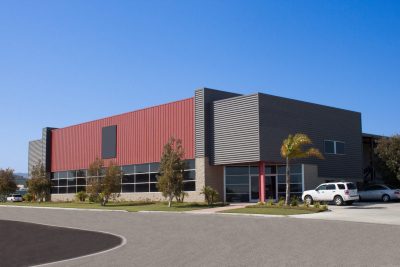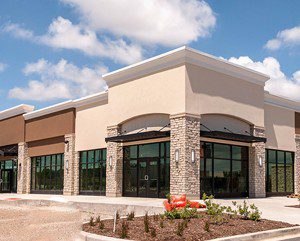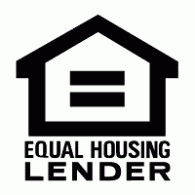- 14362 N. Frank Lloyd Wright Blvd., Suite 2134 Scottsdale, AZ 85260
- Mon - Fri: 8:30am - 6:00pm
Finding a new home will be seamless with our simple online tools and proactive updates.
Phone: 480-699-1055 | Email: [email protected]
One of the Best Mortgage Lenders
Residential

Office

Strip Centers

Here at Blake Mortgage, we understand that purchasing a home is a life-changing event that you should be excited about. Since 2002 Blake Mortgage has been serving Scottsdale, and the surrounding communities of Phoenix, Gilbert, Chandler and Glendale, Arizona; by providing clients with mortgages they need to finance the home that suits their lifestyle.
Our professional, ethical, and client-centric approach sets us apart and gives us the confidence of knowing that what we have built here is a lasting tribute to service. We invite you to explore the various tools of our website, and as always, extend our hand to you. We strive to exceed every client’s expectations.
As a family-owned mortgage company, we are proud to offer you the most comprehensive loan services on the market today. We want to be sure that you’re comfortable each step of the way, and that the mortgage process toward your next home is as smooth as can be.
We Provide Solutions to Your Financing Needs. From Home Purchase Loans, Refinance Transactions, Debt Consolidation Loans, One Time Close Construction and Rehab Financing, Bridge Loans, Reverse Mortgages, No Down Payment VA Loans for Our Military Veterans and Much More. We Invite You to Explore Our Website and Schedule an Appointment by Clicking Here
To Further Explore the Options Available to You. Blake Mortgage Is Proud to Be an Integral Part of The Growth of The Valley of The Sun. Do you have a question or concern about loans? Feel free to contact us at any time. We look forward to hearing from you!
The loan process doesn’t need to be a stressful or complicated ordeal that leaves you drained. We are prepared to walk you through the entire process, answering questions along the way. We can help you determine which loan best suits your particular situation and break down the process in a way that is easy to understand. We help you Through the following:
We want everything to go as smoothly as possible, and we use our years of experience in trade and finance to make that happen. By answering all of your questions along the process, we ensure that nothing is missed and that you are always pleased with our service. The time to find and close on the home of your dreams is now; we want to help with that.
What We Offer
At Blake Mortgage we take pride in our great customer service. Our staff is here for you, so don’t hesitate to contact us if you have any questions, problems or maybe a suggestion. We would love to hear from you.
We work with multiple lenders and we can provide our clients with extremely competitive pricing. Now you can do all your comparison shopping with one company without wasting time with several banks or brokers.
We make sure our clients get the best support from our staff. We will walk you through the whole mortgage process and ensure your transactions close smoothly.
Harry Blake Panosian established Blake Mortgage, in 2002. A Philadelphia native with over thirty years of experience in the financial service industry, Harry is determined to exceed your expectations.
After graduating from Widener University with a bachelor’s degree in Political Science, Harry went on to obtain the Certified Financial Planner, CFP® and Certified Mortgage Consultant, CMC® designations through hard work and dedication.
Harry holds an Arizona Mortgage Broker’s and a Mortgage Loan Officer licenses, and licenses in real estate and insurance which enables him to offer a vast array of relevant financial knowledge to his clients. As the founder of Blake Mortgage, Harry has paved the foundation of the company, emphasizing professionalism, loyalty, and integrity. In his spare time, Harry enjoys golfing, hiking, soccer, and spending time with his family.
Years of experience in financial
Years Mortgage experience
Testimonials
To receive a residential mortgage quote, please visit our Short Loan Application section of our website.
We’ve been helping customers afford the home of their dreams for many years and we love what we do.
Company NMLS: 150459
www.namb.org


© Copyright 2024 Blake Mortgage. All rights reserved.